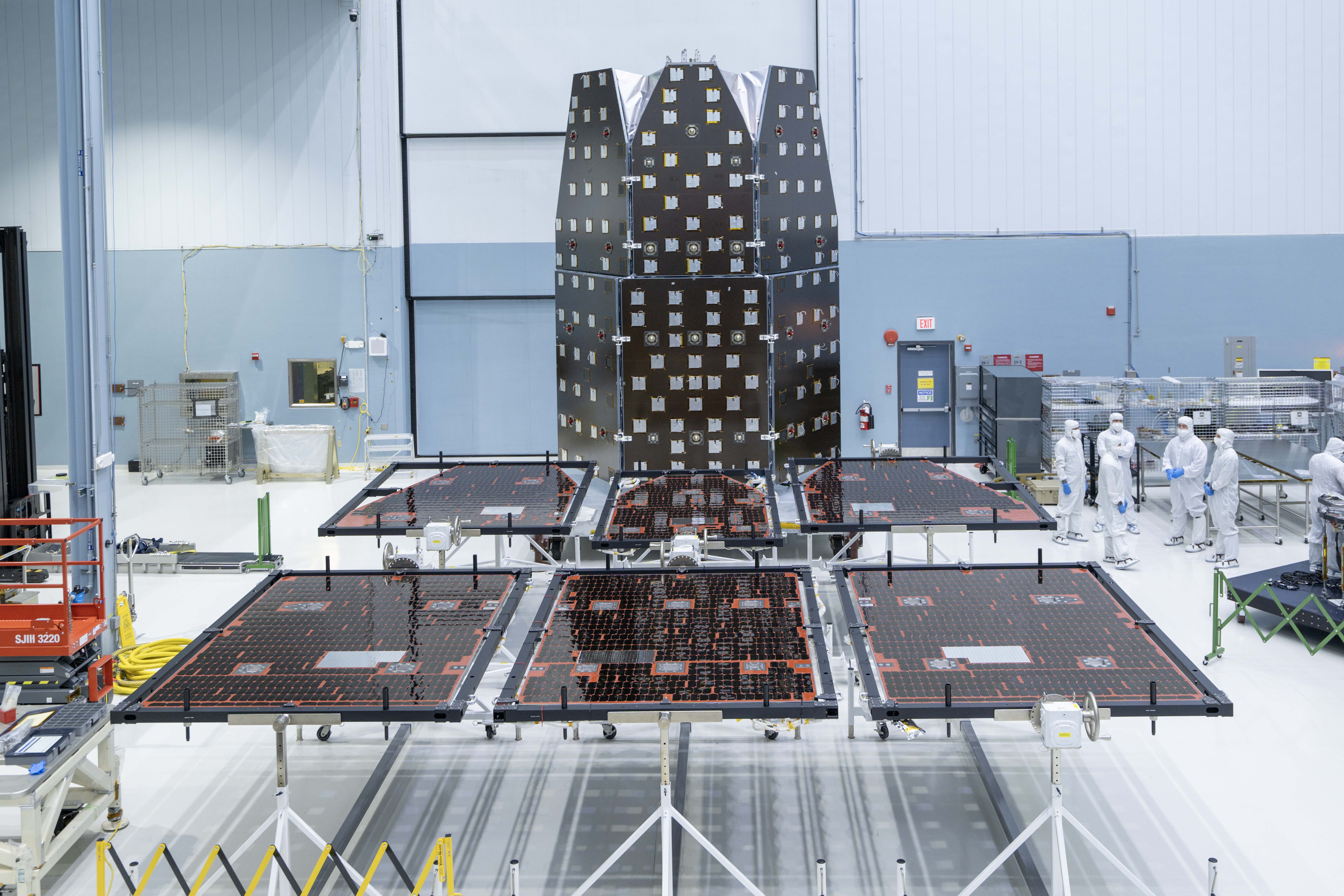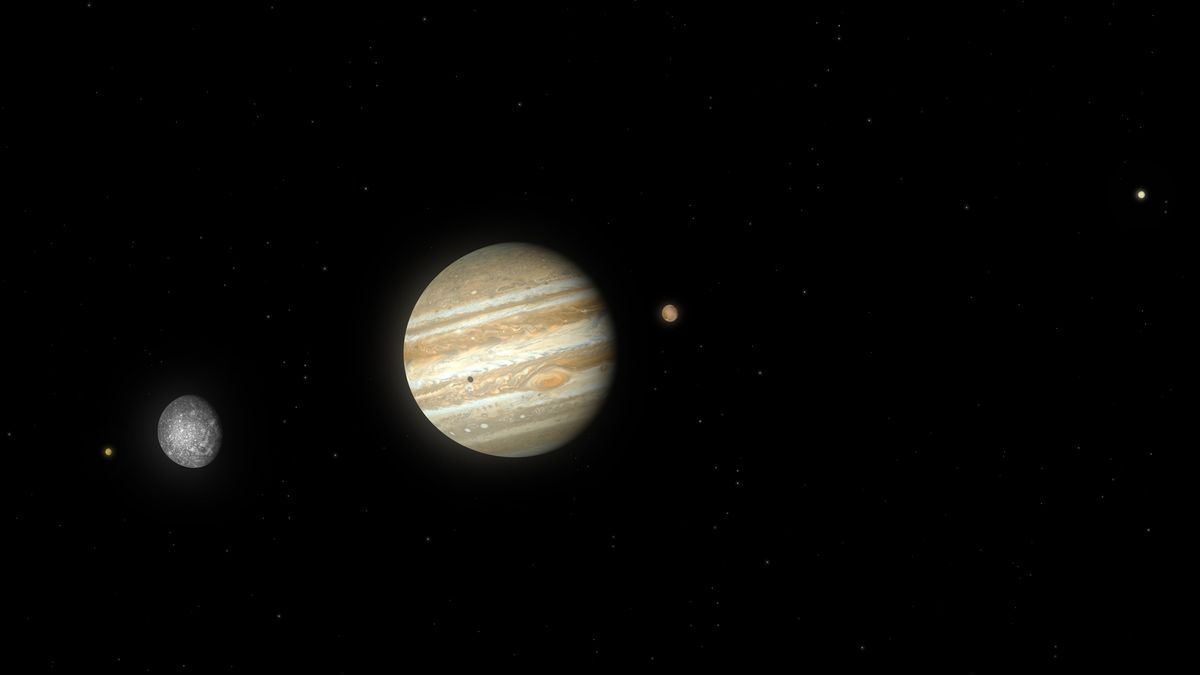Get the latest Science News and Discoveries
New NASA Web Interactive/3D Model Files Released: Gateway Lunar Space Station
<p>Built with international and industry partners, Gateway will be humanity's first space station around the Moon. It will support a new era of lunar exploration and deep space discovery as part of NASA's Artemis campaign to establish a lasting presence on the Moon and pave the way for the first crewed mission to Mars. Gateway's elements are being fabricated in facilities around the world. Its first two modules will launch to lunar orbit ahead of Artemis IV. For more information about Gateway, and to stay updated on its construction and journey to lunar orbit, visit <a href='https://www.nasa.gov/mission/gateway/'>nasa.gov/gateway</a>.</p> <p>Credits: <a href='mailto:alberto.g.bertolin@nasa.gov'>Alberto G. Bertolin</a> and <a href='mailto:bradley.w.reynolds@nasa.gov'>Bradley W. Reynolds</a> at the Graphics and Animation LAB in JSC.</p> <h2 class='description-header'>Gateway Core</h2> <p>This interactive model showcases Gateway's core elements, which will remain in lunar orbit year-round, often operating autonomously while gathering valuable scientific data. The lunar space station will serve as a central hub where crew spacecraft and supply modules dock and prepare for missions to the Moon's surface.</p> <h2 class='description-header'>Low Lunar Orbit</h2> <p>Choose this environment to see Gateway in low lunar orbit. The environment does not reflect the station's exact orbit. Visit <a href='https://www.nasa.gov/centers-and-facilities/johnson/lunar-near-rectilinear-halo-orbit-gateway'>this page</a> for more information on Gateway's unique polar orbit.</p>
None
Or read this on r/Space



